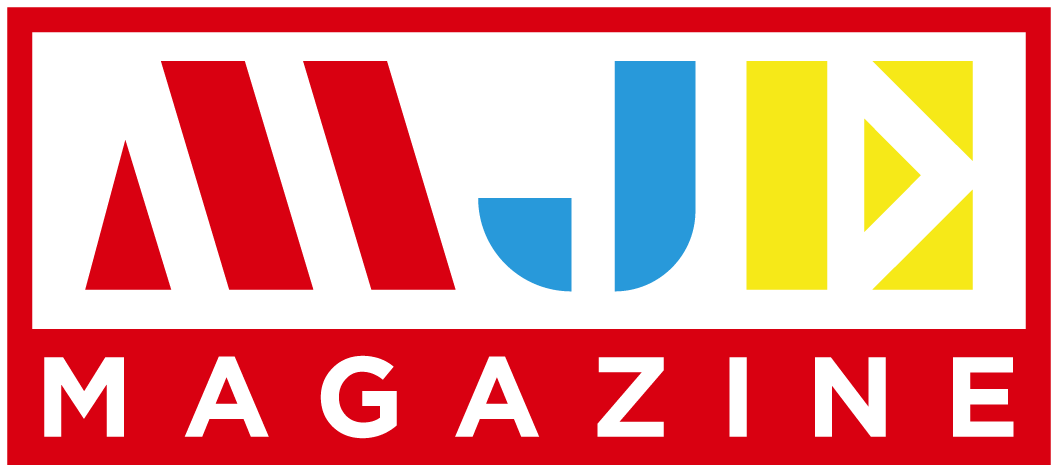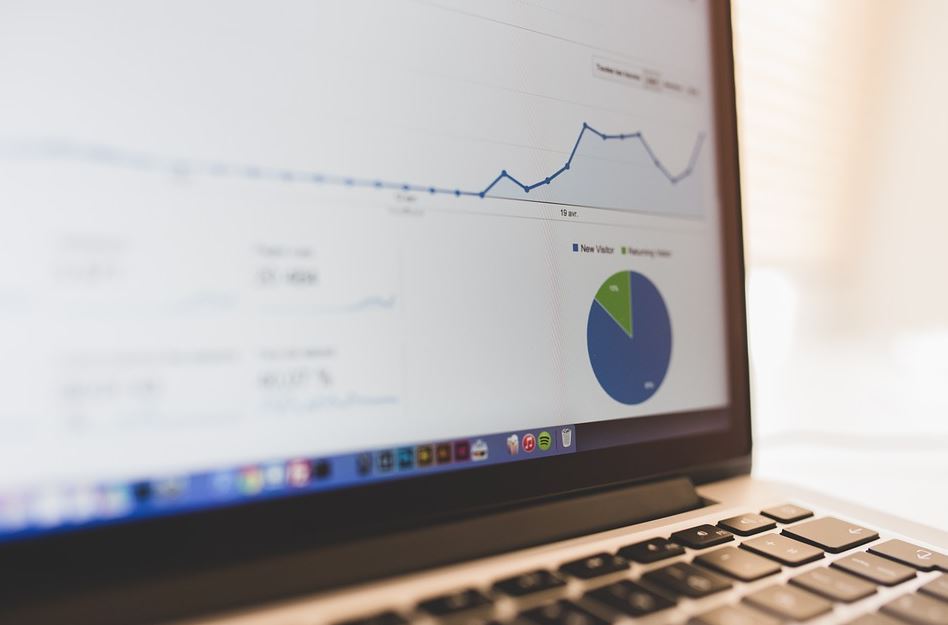Your logistics process determines how profitable your company will be. However, if you do not optimize and upgrade your production process, you will quickly become overrun by competitors who constantly seek innovative success. With these three techniques in mind, implementing a new plan that will bring revenue and consumers to your services will be easier than ever!
1. Gather Data To Achieve Quantifiable Goals
The only way to achieve progress is to have quantifiable, measurable goals. If it is impossible to determine whether your company is reaching its goals, it will be impossible to make improvements. For example, you may want to reduce the amount of fuel that is used to transport shipments from one location to another or increase your work force to make fulfillment easier and more proficient.
Gathering data is only one part of logistics. The other part is sifting through the data. Businesses often have far too much data to sift through and the data is sometimes not accurate.
2. Create A Synthesis Between Analytics, Process And Technology Tools
A growing suite of technology tools are available to businesses to assist them in logistics. Many companies are hiring consultants to re-engineer their business processes. There are also increasingly more exotic analytic frameworks. However, none of these assets are enough. They must all be blended together in order to optimize your logistics process. Consider enlisting the help experts from companies like ETI Systems in order to optimize your industrial automation process and make fulfillment production much more efficient. The more you improve your engineering standards, the more successful your overall process will be.
3. Create Models That Represent Logistics Processes Accurately
Models are used to translate constraints and requirements into something that can be understood by a computer. However, for the models to be useful, they need to help the computer think beyond weight and volume. Otherwise, the computer will believe that some shipments will fit that would actually not fit. The computer will also believe that other shipments will not fit that actually would fit.
Accurate models are especially important when determining the right type of warehouse equipment to use. There is a broad range of options when integrating forklifts and various other machines in your warehouse. Accurate models can help determine what machines will fit and optimize logistics.
It is easy to fall into complacency when your logistics are already in place. You may not realize that processes that have been in place for years can be revised in order to improve your ROI. But with the help of outside consultants and new tools, you can make your company more profitable.


